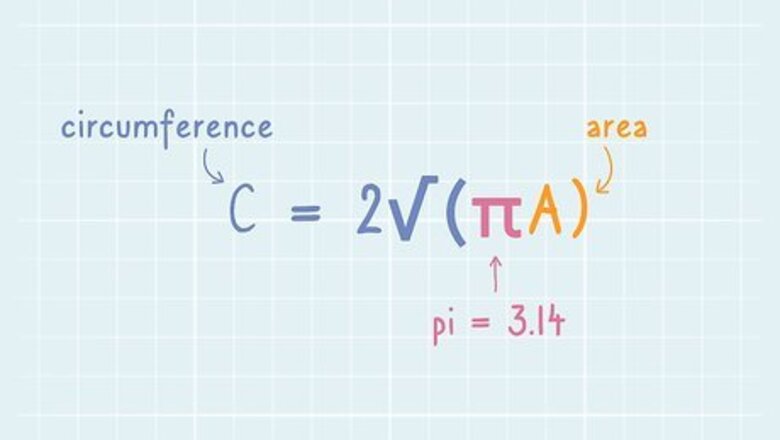
views
Using the Circumference Equation
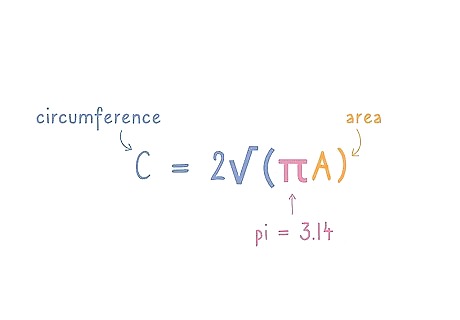
Set up the formula C = 2√πA to solve the problem. This formula calculates the circumference of a circle if you only know its area. C represents the circumference, and A represents the area. Set this formula up to begin solving the problem. The π symbol, which stands for pi, is a repeating decimal that has thousands of place values. For simplicity, use 3.14 to represent pi. Since you need to convert pi to its numerical form anyway, plug 3.14 into the equation from the start. Write it as C = 2√3.14 x A.
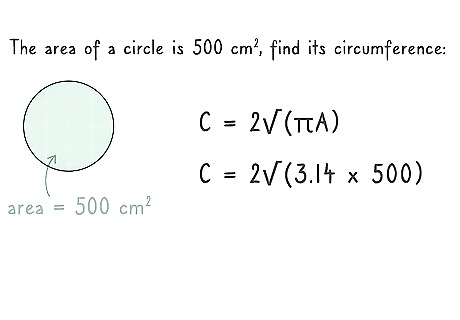
Plug the area into the A position of the equation. Since you already know the area of the circle, plug that into the A position. Then proceed to solve the problem using the order of operations. Let’s say the area of the circle is 500 cm. Set up the equation as 2√3.14 x 500.
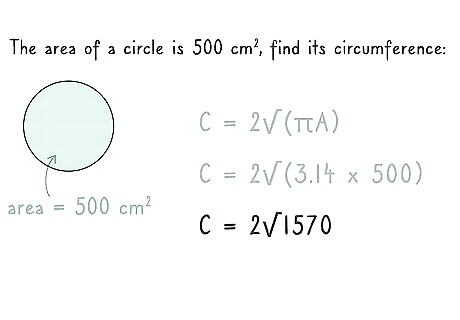
Multiply pi by the area of the circle. In the order of operations, the operations inside the square root symbol go first. Multiply pi by the area of the circle that you plugged in. Then plug that result into the equation. If our equation was 2√3.14 x 500, then 3.14 times 500 is 1,570. This now makes the equation 2√1,570.
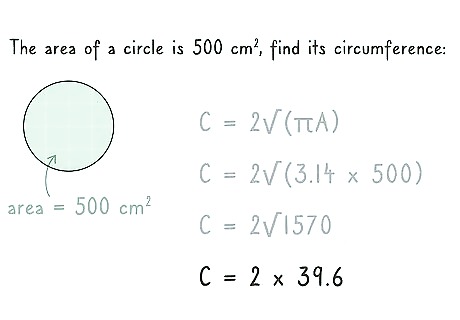
Find the square root of the sum. There are multiple ways to calculate square root. If you’re using a calculator, press the √ function and type the number. You can also work the problem out by hand using prime factorization. The square root of 1,570 is 39.6.
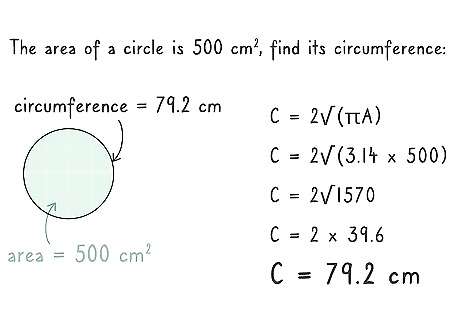
Multiply the square root by 2 to find the circumference. Finally, complete the formula by multiplying the result by 2. This leaves you with a final number, which is the circle’s circumference. Multiply 39.6 by 2, which is 79.2. This means that the circumference is 79.2 cm, and you’ve solved the equation.
Solving the Problem in Reserve

Set up the formula A = πR. This is the formula to find the area of a circle. A represents the area, and R represents the radius. Normally, you’d use it if you knew the radius, but you can also plug in the area to reverse-solve the equation. Again, use 3.14 to represent pi. Remember—the radius spans from the center of a circle to the rim.
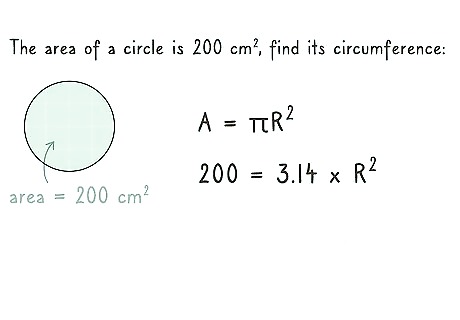
Plug the area into the A position of the equation. Use whichever number you know represents the circle's area. Put it on the left side of the equation in the A position. Let's say the area of the circle is 200 cm. The formula would be 200 = 3.14 x R.
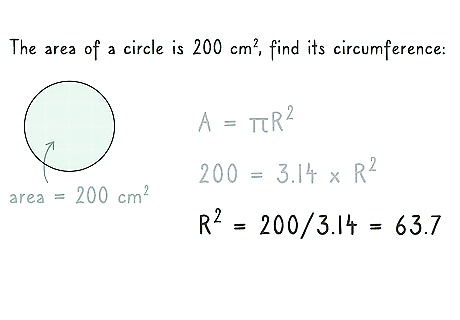
Divide both sides of the equation by 3.14. To solve equations like this, gradually eliminate steps from the right side by performing the opposite operations. Since you know the value of pi, divide each side by that value. This eliminates pi from the right side, and gives you a new numerical value on the left side. If you divide 200 by 3.14, the result is 63.7. This makes the new equation 63.7 = R.
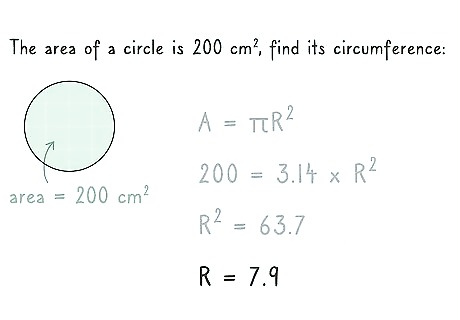
Find the square root of the result to get the circle's radius. Next, get rid of the exponent on the right side of the equation. The opposite of squaring a number is finding the square root of the number. Find the square root of each side of the equation. This eliminates the exponent on the right side and gives you the radius on the left side. The square root of 63.7 is 7.9. This makes the equation 7.9 = R, meaning that the radius of the circle is 7.9. This gives you all the information you need to find the circumference.

Find the circumference of the circle using the radius. There are 2 formulas to find circumference (C). The first is C = πD, where D is the diameter. Multiply the radius by 2 to find the diameter. The second is C = 2πR. Multiply 3.14 by 2, then multiply it by the radius. Both formulas give you the same result. Using the first option, 7.9 x 2 = 15.8, the diameter of the circle. This diameter times 3.14 is 49.6. For the second option, set up the equation as 2 x 3.14 x 7.9. First, 2 x 3.14 is 6.28, and that multiplied by 7.9 is 49.6. Notice how both methods give you the same answer.


















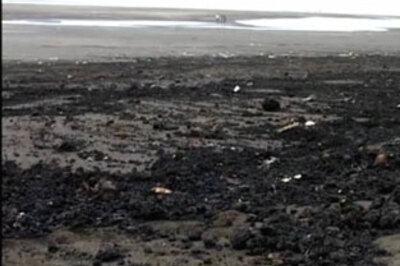
Comments
0 comment